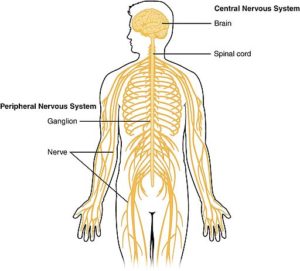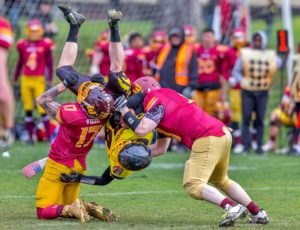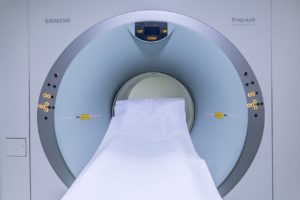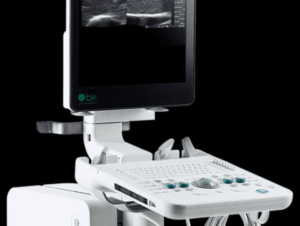By Dr. Lev Kalika, owner of New York Dynamic Neuromuscular Rehabilitation & Physical Therapy in New York, special to SportsMD.com

Athletic injuries are fairly commonplace, and most serious athletes will experience some type of injury during the course of their playing career. Broken bones, torn ligaments and damaged soft tissues can take an athlete out of play for an entire season while they heal and rehabilitate.
Damage to soft tissues, bones and connective tissue are fairly routine, and therefore relatively simple to diagnose. However, until recently, sports related nerve injuries (SRNIs) were a bit more difficult to accurately diagnose and treat. SRNIs mostly occur in the peripheral nervous system as a result of trauma or overuse during sports.
Nerve Injuries in Athletes

Your peripheral nervous system (PNS) is complex system of 43 pairs of motor and sensory nerves that connect your central nervous system, consisting of your brain and spinal cord, to the rest of your body.
The PNS carries information to and from your brain, and includes your cranial and spinal nerves, along with nerves that travel the length of your arms and legs. Most SRNIs, occur in the peripheral nervous system, with the exception of concussions, which affect the brain.
SRNIs are categorized as either acute or chronic. Acute SRNIs are usually caused by trauma, while chronic SRNIs are caused by repetitive overuse. SRNIs are further categorized by full-contact or non-contact sports.
Risk of Sports Related Nerve Injuries

The risk of SRNIs varies by sport. Most acute SRNIs occur in high-contact sports, where high-velocity collisions cause nerve traction or compression. Chronic SRNIs are caused by high-frequency repetitive motion, like repetitive shoulder movements in swimmers or tennis players.
Types of nerve injuries include:
- Traction injuries, where a force is strong enough to stretch the nerve beyond its normal capacity.
- Lacerations, where the nerve is cut or torn.
- Compressions, where other structures or tissues put pressure on the nerve, causing pain and inhibiting its ability to glide freely.
Because nerves provide sensory information to the brain, an injured nerve can generate a lot of pain. Damage to motor nerves can inhibit normal muscle function and movement. Early diagnosis and treatment of SRNIs are vital to rehabilitation and return to play.
Diagnosis is Key

Diagnosing SRNIs can be challenging, because it is difficult to distinguish nerve injury from soft tissue injury. However, it is essential to diagnose an SRNI as early as possible, so that treatment and rehabilitation can commence.
Methods of diagnosing SRNIs include:
- electromyography and nerve conduction studies
- somatosensory evoked potentials
- magnetic resonance imaging (MRI)
- high resolution ultrasound
In recent years, high resolution musculoskeletal ultrasound has emerged as the most accurate and practical means of detecting SRNIs.
Ultrasound as the Diagnostic Tool of Choice
Proximal nerve injuries that occur near the joints are generally more difficult to detect, and have a poorer prognosis for recovery. In fact, SRNIs are often mistaken for tendon injuries, since that is where the patient reports pain. However, pain in the tendon area is often caused by nerve tension, impingements and entrapments.
 Over the past five years or so, high resolution sonography has transformed our understanding and management of SRNIs. The diagnostic method allows us to view then length of the entire nerve and pinpoint the precise location of injury or entrapment.
Over the past five years or so, high resolution sonography has transformed our understanding and management of SRNIs. The diagnostic method allows us to view then length of the entire nerve and pinpoint the precise location of injury or entrapment.
Among the advantages of diagnostic ultrasound are:
- Ability to interact with the patient, to get real-time feedback during the diagnostic process.
- Ability to view the neural body with the athlete in motion, to see precisely where the impingement or entrapment occurs.
- Ability to distinguish SRNIs from soft tissue injuries.
- Ability to assess the effectiveness and progress of treatment.
Moreover, ultrasound equipment is compact, portable and inexpensive to use. Sports injuries can be accurately diagnosed within minutes of the injury taking place, ensuring the athlete gets the very best treatment and rehabilitation, and shortening the time to return to play.
Source:
Medical University of Vienna. “The ‘transparent’ man: Nerve ultrasound allows the exact diagnosis and therapy of injuries to the nerves.” ScienceDaily, 1 March 2016.
